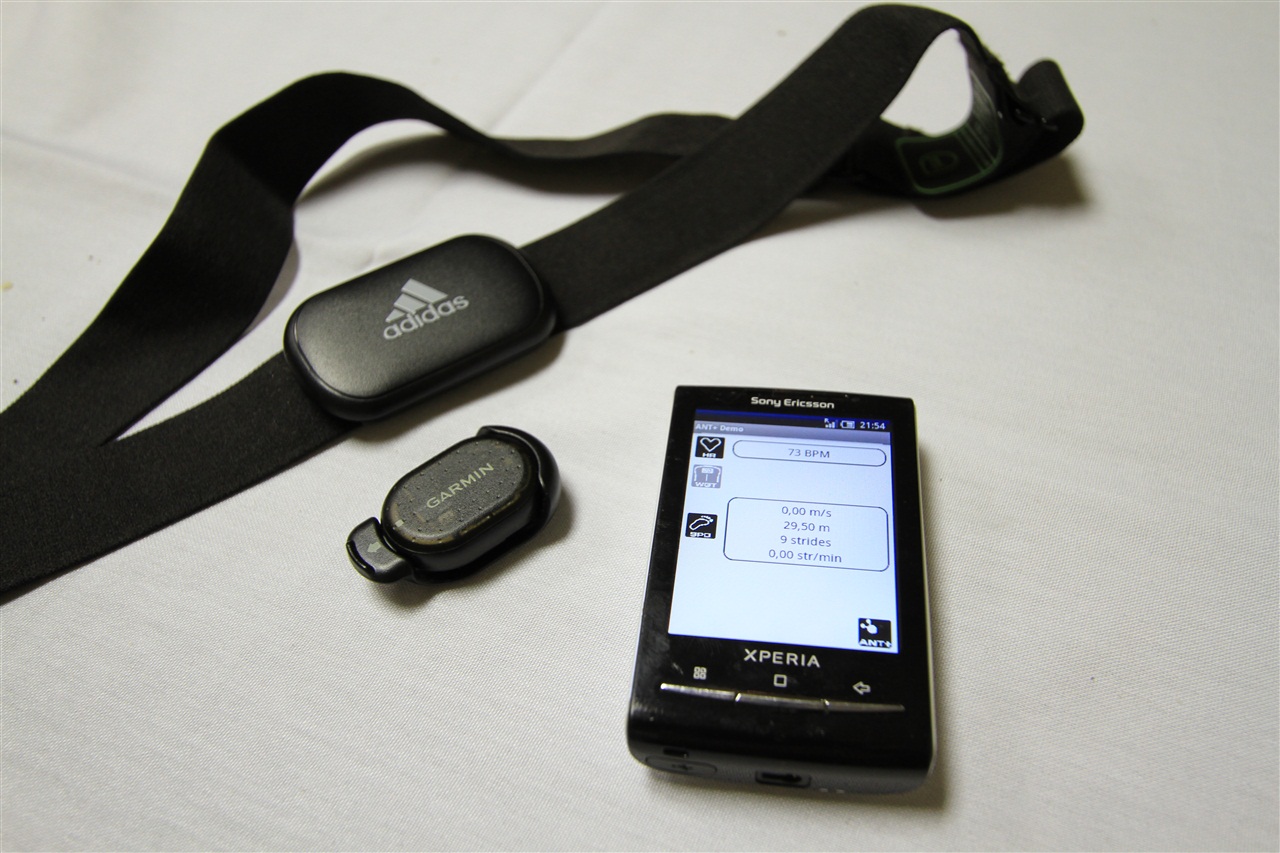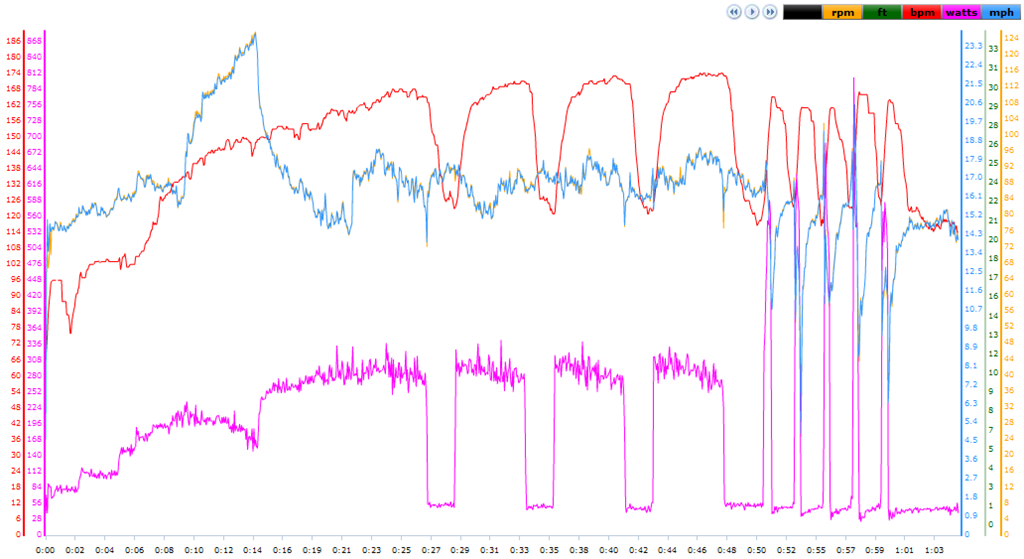Ray’s Weekly Sports Electronics Mailbag
Hello, welcome to the Weekly Mailbag. I'm Ray, from DCRainmaker. com. If you've ever searched for reviews on sports technology – you've probably come across my site. I write about my triathlon/running training in general, along with sports technology and whatever else seems interesting to me. I started the Weekly Mailbag series earlier this spring as an opportunity to share some of the answers of the many e-mailed questions I get each week.
If you enjoy what you find here, then feel free to click the links to find even more in depth information on each topic. And if you have any questions, you can always e-mail me directly. Thanks for reading!
1) Average Pace vs Lap Pace vs Instant Pace
2) Attaching Timex Global Trainer to Triathlon Bikes
3) Heart Rate Strap Batteries
Question #1: Average Pace vs Lap Pace vs Instant Pace
From Dale-
"I have used the FR305 for about 2 years and love it. Pace is my main usage and it seems to be very accurate and responds quickly. I bought my wife a FR405 (it looked a little more trendy for her) and we run together on occasion. I appears that my FR305 responds to a change in pace much quicker and more accurate than her FR405. Is there a setting that I can change on the FR405 to make it more responsive?"
On the majority of Garmin devices (except the FR110), there are three basic modes to display pace:
Pace (aka Instant Pace): This mode displays your current pace. If you start sprinting, you'll see your pace speed up. If you slow to a walk, you'll see it slow down. There's a small delay of about 4-6 seconds for the GPS based devices, but it's basically instantaneous. But otherwise it's just like a speedometer on a car.
Lap Pace: This is the current average pace for the lap that you're on. This is useful in pacing situations where you want to do something like repeats at 7:30/mile and want to make it easier to ensure you're tracking towards a specific average pace for that repeat, but don't want to include the time during your rest set (a different lap).
Average Pace (overall): This shows you your overall average pace for the entire run. This is most useful in a long run or race situation where you don't have different sections requiring different paces. It's less ideal in cases like interval training, where you may have rest intervals that would introduce a slower pace than your average running (non-rest) pace.
Depending on which version of the FR405 she has, it is probably set for 'Lap Pace' or 'Avg pace' instead of instant pace like the FR305 is by default. This means that it's going to show a more stable pace, but not one that accurately depicts your exact current pace. You can easily change it to simply 'Pace', which is effectively the instant pace.
Question #2: Attaching Timex Global Trainer to Triathlon Bikes
From Dennis-
"Have you came up with a good way to attach Timex Global Trainer to triathlon bike? It hooks up great to road bike but where is no where to really attach securely to triathlon bike."
The TGT, like many of the non-quick release Garmin's can be difficult to attach to a triathlon bike with aerobars. While both the TGT and the Garmin's have/or include small mounts that wrap around your handlebars, these are generally pretty useless when it comes to aerobars (primarily because it would mean your watch is now sideways).
What I'd recommend is checking out the UCI/FSA style mounts, which work by creating a small bar in between your aerobars that allow you to put the standard mount on it. Here's one option that works pretty well. There's a few different vendors out there with similar products, but they're all basically the same thing.
Question #3: Heart Rate Strap Batteries
From Ian-
"About how long do the batteries in your heart rate monitor straps last? Specifically, with the new Garmin strap. I am a runner and i picked up a FR210 for Christmas. I use the strap/watch about an hour a day and have found that the batteries seem to be lasting about 1.5 months. Does that sound right? The reason i wonder is my strap gets pretty soaked with sweat on occasion and I am just wondering if there could be some short circuiting causing problems rather than just batteries dying from use."
That's definitely not normal – something is amiss there. I think I've only ever had to replace my HR strap battery once, though I may be a slight oddity since I tend to have a small army of straps that I use. For me I use it about 10-12 hours a week, so about the same as you. And like you, I drench mine both with sweat – as well as water when doing races and it's on me during the swim. The official Garmin guidance for that strap is 4.5 years battery life at 1 hour per day, for the strap battery.
I'd ring up Garmin Support and have them swap it out – sounds like a problem with the strap and they're usually very good when it comes to customer service and fixing issues like this.
Recent Mailbags:
Weekly Mailbag – March 9th, 2011
– How Auto Pause Works
– ANT+ Enabled Phones
– How the Tunebug Bluetooth Helmet Music System works
Weekly Mailbag – February 26th, 2011
– How to get really pretty power graphs on trainers
– Which GPS unit for skiing?
– Comparing the Timex Global Trainer or Garmin 310XT for power meters
Weekly Mailbag – February 18th, 2011
– How to deal with ComputTrainer HR Monitor Dropouts
– Best books to train by HR?
– Using the FR310XT for all three legs of a triathlon
You can find all past Slowtwitch Mailbags here, and all prior ones here.
[Editor's note: our capable editor-at-large for electronics Ray Maker is the publisher of the online sports tech blog DC Rainmaker, one of the top-ranked sites by Google for extremely in-depth reviews of advanced GPS and Heart Rate Monitors for triathlon, cycling, and running.]



